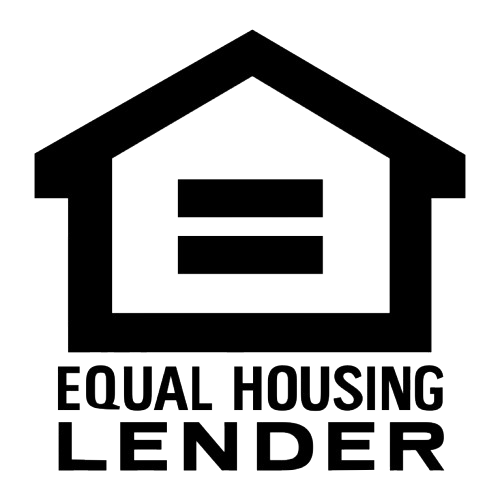RATE BUY DOWN
WHAT IS A RATE BUY DOWN?
A buydown rate refers to a type of mortgage financing arrangement where the borrower or a third party pays additional funds upfront to reduce the initial interest rate on the loan for a specified period. This upfront payment, known as “buying down” the interest rate, results in lower monthly mortgage payments during the initial years of the loan.

Key Features of Buydown Rates:
Temporary Interest Rate Reduction:
With a buydown rate, the borrower receives a temporary reduction in the interest rate for a set period, typically the first few years of the loan term. This reduction results in lower monthly mortgage payments during the initial period.
Buydown Points:
Borrowers or third parties may pay buydown points, also known as discount points, to the lender to lower the interest rate on the mortgage loan. Each point typically represents 1% of the loan amount and reduces the interest rate by a certain percentage.
Types of Buydowns:
There are different types of buydowns, including:
Temporary Buydown (Temporary Interest Rate Buydown): In this type, the interest rate is reduced for the first few years of the loan term before reverting to the original rate.
Permanent Buydown (Permanent Interest Rate Buydown): With this type, the interest rate remains lower for the entire loan term, resulting in lower monthly payments throughout the loan duration.
Builder or Seller Buydowns:
In some cases, builders or sellers may offer buydown incentives to attract buyers. They may contribute funds towards bringing down the interest rate as part of the purchase agreement.

Pros and Cons of Buydown Rates:
Pros:
Lower Initial Payments: Buydown rates can provide borrowers with lower initial monthly mortgage payments, making homeownership more affordable, especially during the early years of the loan.
Improved Affordability: Lower initial payments may help borrowers qualify for a larger loan amount or afford a more expensive home than they could with a higher interest rate.
Cons:
Upfront Costs: Paying buydown points or fees upfront requires borrowers to have additional funds available at the time of closing, which can increase upfront costs.
Temporary Benefit: With temporary buydowns, borrowers should be prepared for higher payments once the buydown period expires and the interest rate returns to its original level.
Potential Savings Consideration: Borrowers should carefully evaluate whether the upfront cost of buying down the interest rate aligns with the potential savings in monthly payments over the duration of the buydown period.
Buydown rates can be a beneficial option for borrowers who prioritize lower initial mortgage payments and have the financial means to pay upfront buydown costs. However, borrowers should weigh the upfront expenses against the long-term benefits to determine if a buydown rate aligns with their financial goals and circumstances.


We are an independent mortgage brokerage licensed through DRE, proudly serving clients since 2007.

Company
Get In touch
- 510-786-8739
- info@simtg.com
- 44840 South Grimmer Blvd Fremont, CA 94538
Copyright @ 2022. All Rights reserved.